The Utah Beach landings and accompanying parachute drops on June 6, 1944, by the 4th Infantry Division and the 82nd and 101st Airborne Divisions had one primary objective: to set the stage for the capture of the Cotentin Peninsula and, above all, the port city of Cherbourg. Capturing Cherbourg and its harbor installations was considered vital for the long-term viability of the Normandy landings, for no matter how many supplies were brought ashore on the artificial Mulberry harbors, they could not compete with the capacity of modern port facilities.
Maj. Gen. J. Lawton “Lightning Joe” Collins, commanding VII Corps, was given the primary task of capturing Cherbourg. For that purpose, he was able to deploy the US 4th, 9th, 79th, and 90th Infantry Divisions. No well-organized German troops were available to oppose him; however, the commander of the city’s garrison, Lt. Gen. Karl-Wilhelm von Schlieben, could deploy his troops, the detritus of several divisions along with support units, within strong emplacements on the heights surrounding the harbor. Predictably, Adolf Hitler designated the city a fortress and ordered it to be held at all costs.
Collins’s forces cleared the peninsula and reached Cherbourg by June 22, but found the German defenders well dug-in on the heights around the city, particularly in the vicinity of the nineteenth-century Fort du Roule. Originally built, ironically, to repel a possible British invasion, this fort was built deep into the rock and pointed seaward. But it could be defended from the land as well, particularly now that the Germans had reinforced it with concrete pillboxes, mortar and machine gun emplacements, barbed wire, and anti-tank ditches.
Coming to grips with this fort was no easy business. Over the next three days, GIs of the 4th, 9th, and 79th Divisions moved slowly forward, taking the German emplacements one by one with support from fighter-bomber aircraft and artillery (which had to be employed very carefully lest it damage the city and its port installations). On June 25, finally, Collins judged that his troops were ready to make the final assault, backed this time by an intensive bombardment from the sea courtesy of the US Navy. Assaulting Fort du Roule would fall to the 79th Division’s 314th Infantry Regiment.
At 0800, after a summons for Schlieben to surrender his forces was ignored, a squadron of P-47 “Thunderbolt” fighter-bombers attacked the fort and its’ surrounding emplacements, but without causing significant damage. The 314th Regiment’s 2nd and 3rd battalions then went into the assault. Almost immediately, the Americans came under intense small-arms fire from enemy positions behind a creek bed. It took a total concentration of every machine gun and mortar at hand, followed by direct assault, to knock these out. Few defenders survived.
With these emplacements subdued, E and F companies of 2nd Battalion deployed to capture the inner fortress. Moving along and around a ridge, the Americans had to fight for every yard. Discovering thick barbed wire, they had to use Bangalore torpedoes to blow gaps that infantry could then penetrate to attack the Germans. While all the attackers behaved bravely, two Americans set examples of heroism far above and beyond the call of duty.
When Company E was pinned down by heavy machine gun fire from a well-sited German pillbox, 23 year old Corporal John D. Kelly, a former logger from Venango County in northwest Pennsylvania, stepped forward and volunteered to take on the enemy. Sliding his way forward under enemy fire with a ten-foot pole with a 15-pound TNT charge dangling from the end, Kelly placed and detonated the charge to no effect. Unfazed, he returned for another charge and again approached the pillbox. This time he managed to blow off the end of the enemy machine guns. Kelly then blew open the back of the pillbox with another charge and hurled grenades inside, after which the few survivors surrendered.
An eyewitness said of Kelly’s deed: “We were pinned down by machine guns with dead and wounded all around us when I saw this guy carrying a long pole. It was Kelly with the pole charges—long sticks with a charge of dynamite on the end. He dropped three or four of them down the hole where the periscope sticks out of the pillbox and smoked the Heinies out. He did all of this under enemy fire.” For this deed, Kelly would receive the Medal of Honor, but he would not live to receive it in person for he was killed in action on November 23, 1944.
Meanwhile, further toward the left Company K of the 3rd Battalion, launching supporting attacks, was pinned down by machine guns and a fearsome German 88mm Flak gun. Here the acting company commander, 1st Lt. Carlos C. Ogden, was the man to step forward. A native of Fairmount, Illinois, and a former college athlete at Eastern Illinois State University, Ogden took a rifle grenade launcher with several grenades and approached the enemy emplacements alone. A machine gun bullet ricocheted off Ogden’s helmet, severely injuring his head, but he kept moving forward. Coolly aiming his rifle grenade launcher, he fired a grenade that shattered the 88mm Flak and killed many of the crew. Ogden then continued toward the German machine gun nests and, although wounded again, he took these out also with grenades. Ogden’s action, which contributed to the decisive blow against the enemy garrison leading to its surrender that evening, earned him the Medal of Honor.
Cherbourg’s surrender, thanks in large part to the capture of Fort du Roule, successfully concluded a hard-fought campaign. And while the Germans had thoroughly wrecked the harbor facilities, the subsequent clearance of the port would open a new route of essential supplies to American forces fighting to liberate France.
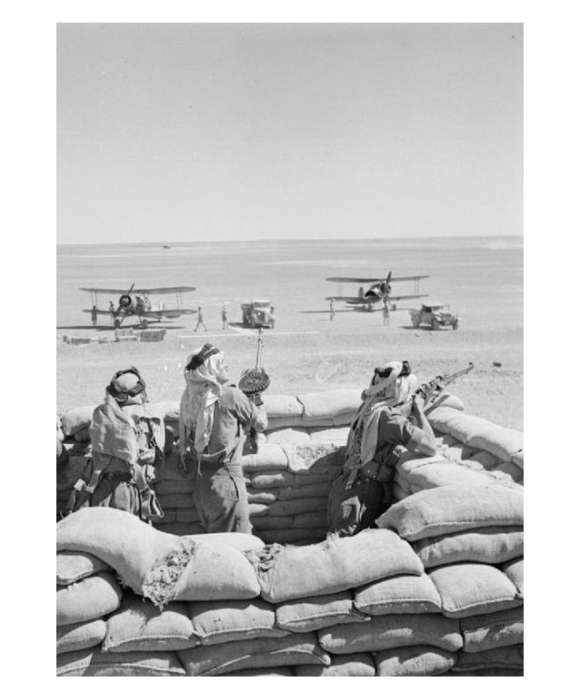
Forgotten Fights: Malta's Faith, Hope, and Charity, 1940
The courageous volunteer pilots of three obsolete British biplanes nicknamed Faith, Hope, and Charity engaged enemy raiders in combat over Malta in June 1940.
Ed Lengel, PhD
Edward G. Lengel is the former Senior Director of Programs for the National WWII Museum’s Institute for the Study of War and Democracy.
Cite this article:
MLA Citation:
APA Citation:
Chicago Style Citation:
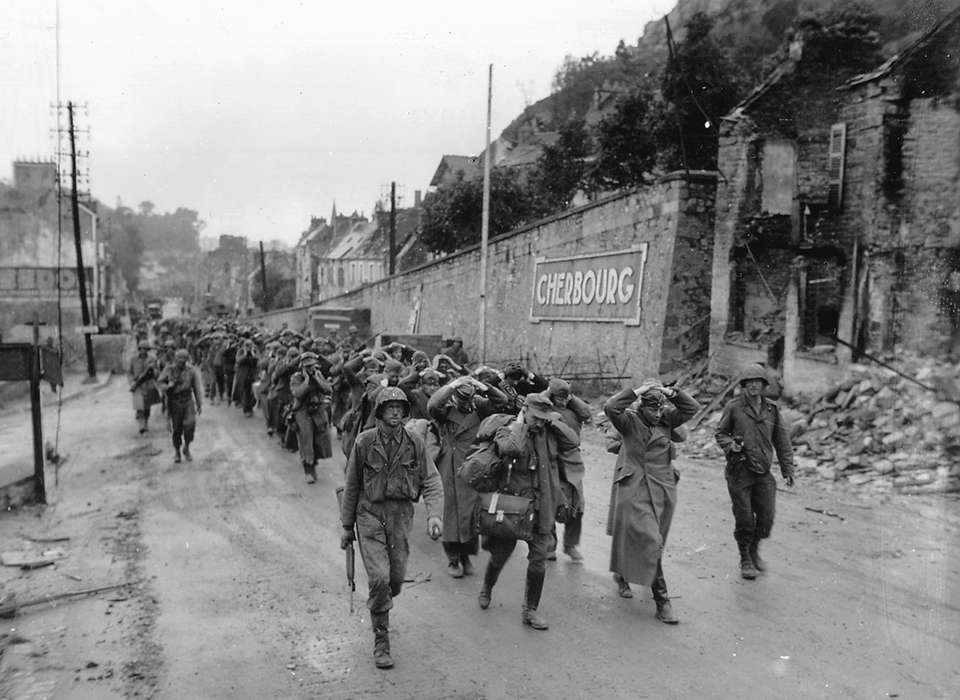
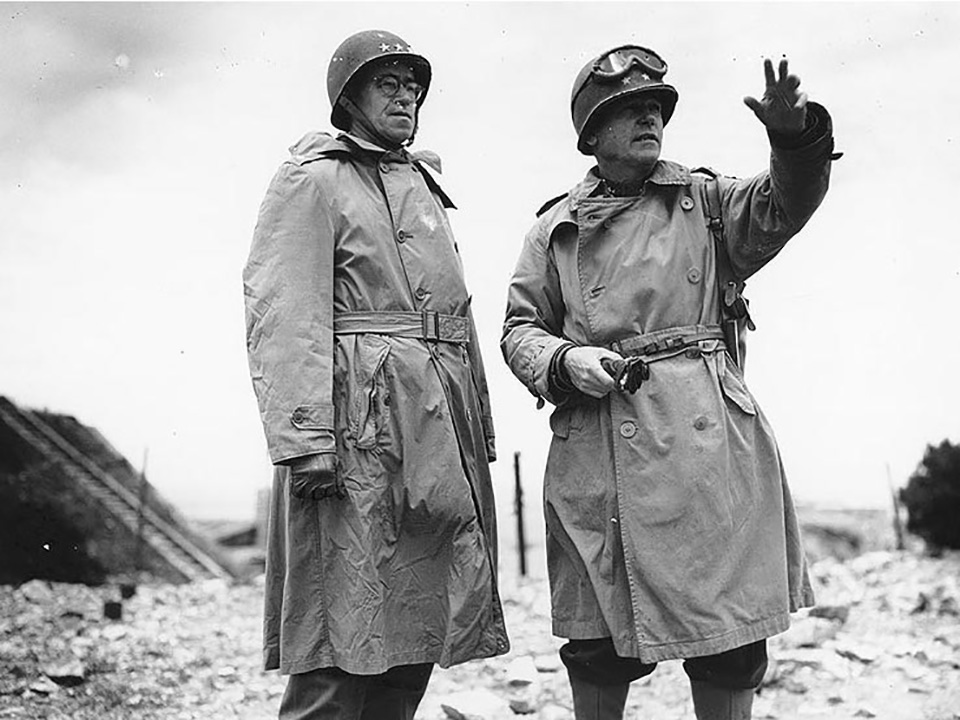
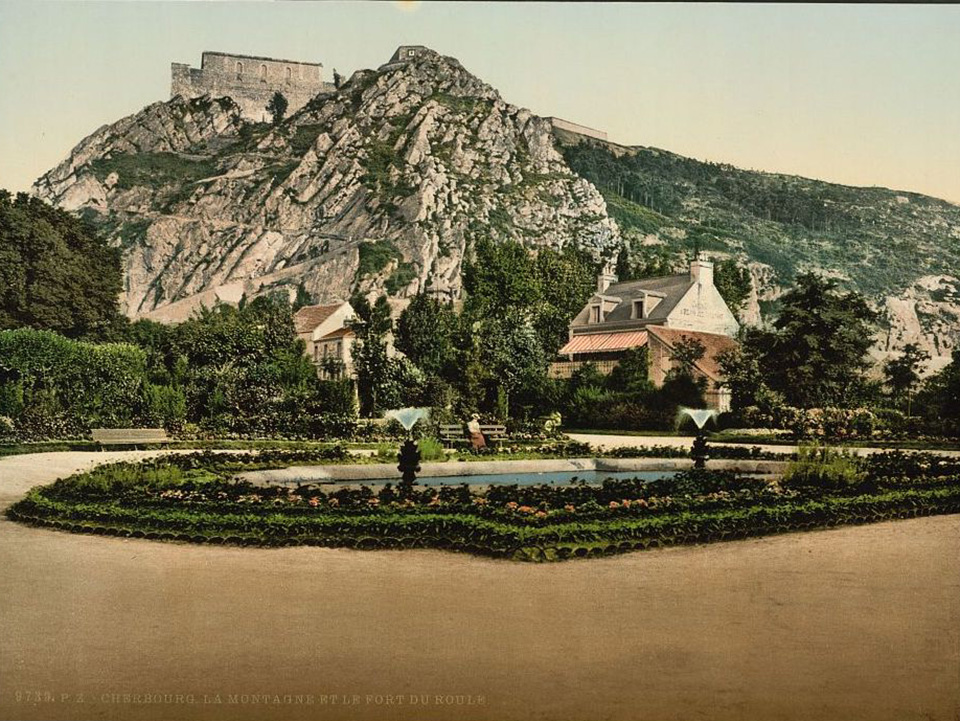
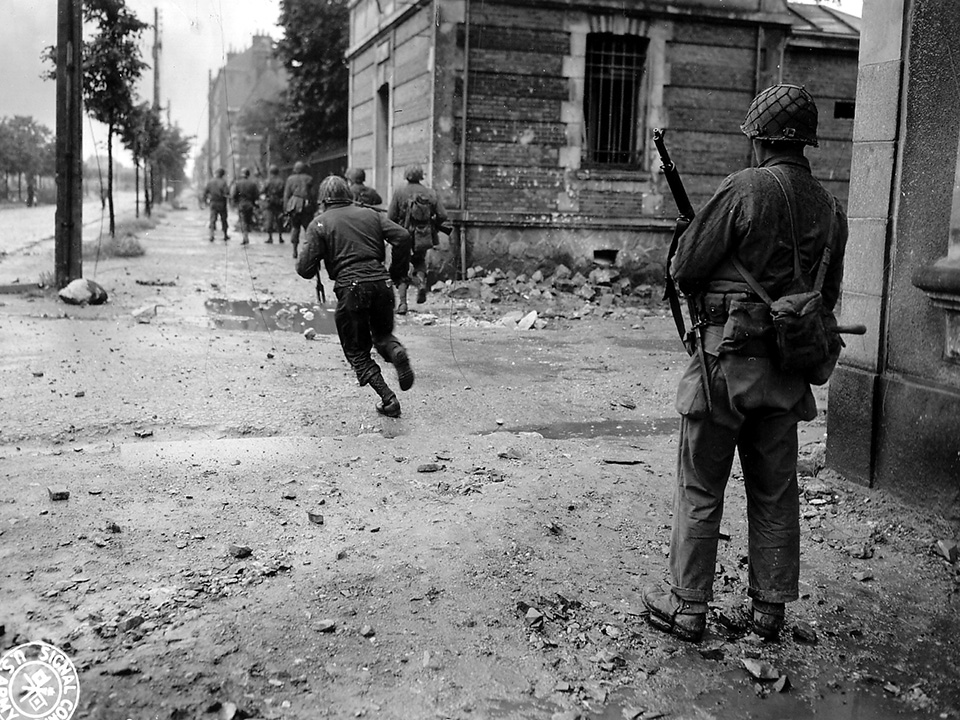
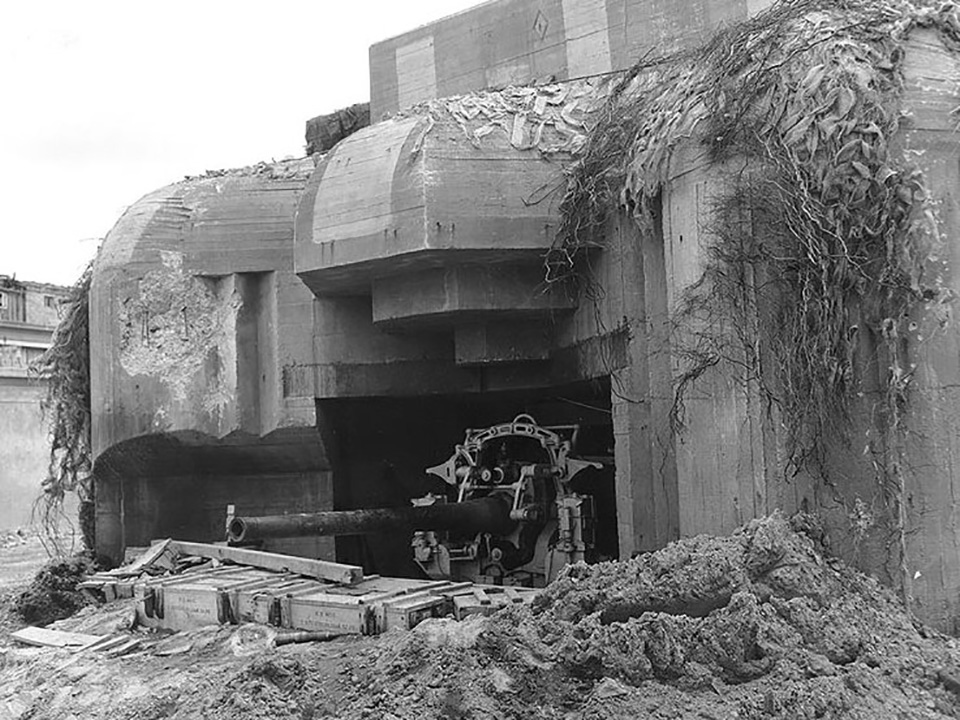
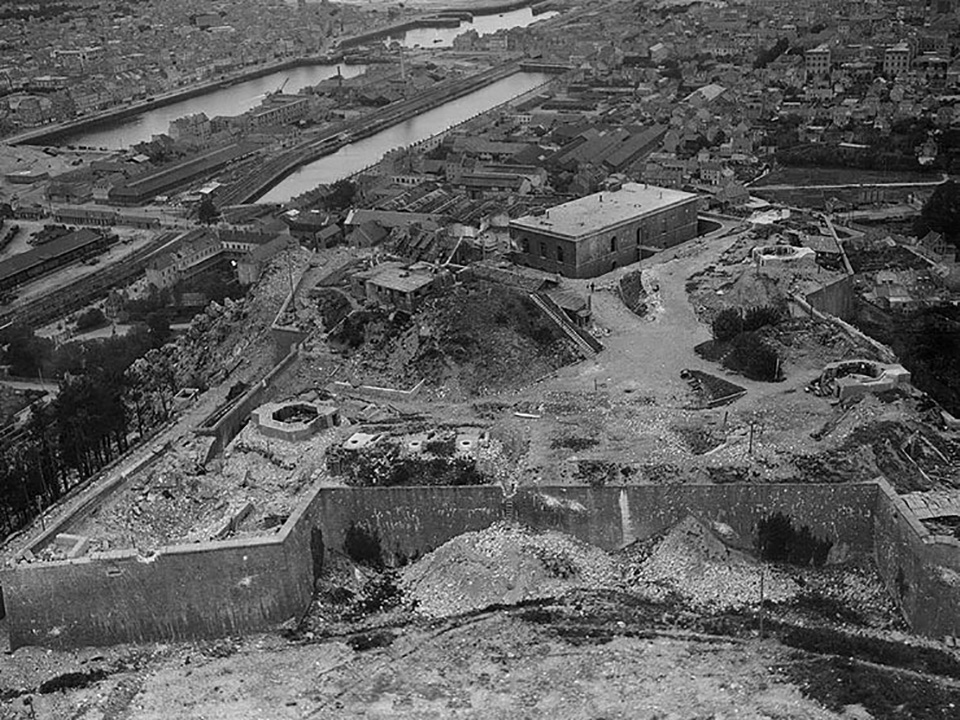
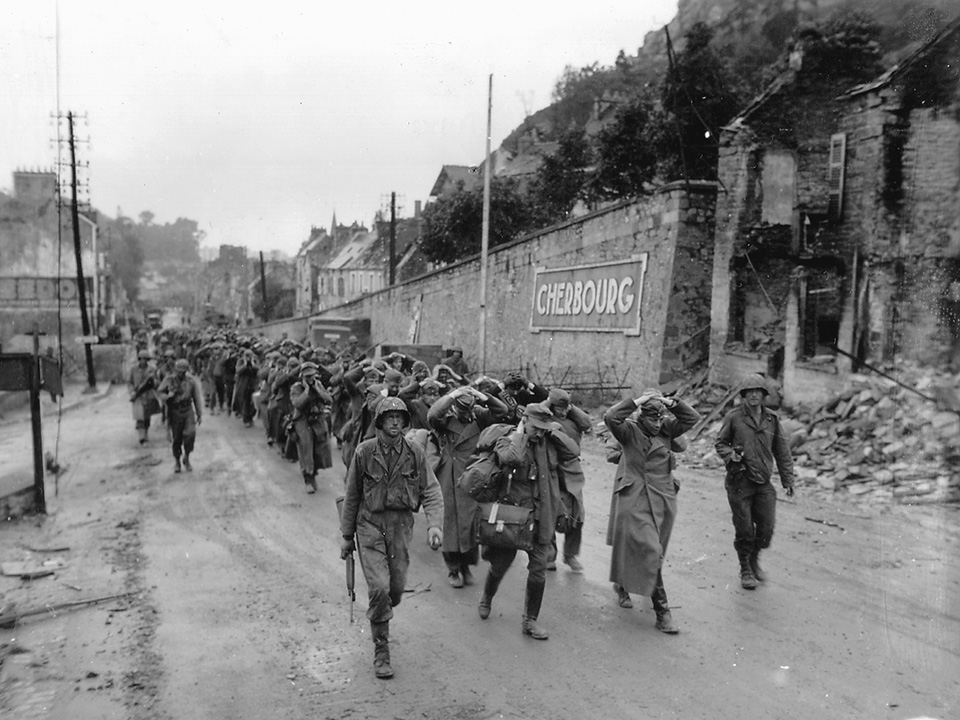




![Max Fuchs, New York City cantor, sings as Rabbi Sydney [sic] Lefkowitz, Richmond, VA, conducts the first Jewish services from Germany.](/sites/default/files/styles/max_650x650/public/2025-10/image1.jpg)



